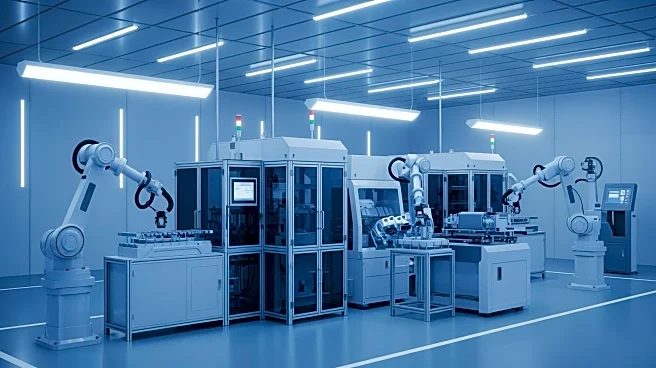What's Happening?
Joel Mokyr, Philippe Aghion, and Peter Howitt have been awarded the Nobel Prize in Economics for their research on creative destruction, a concept first introduced by Joseph Schumpeter. This theory suggests
that economic growth and technological progress occur through cycles where new technologies and business models replace outdated ones. The laureates have expanded on Schumpeter's ideas, providing a formal mathematical framework and historical context to understand how innovation drives economic growth. Their work highlights the importance of sustaining innovation to prevent economic stagnation.
Why It's Important?
The recognition of these economists underscores the critical role of innovation in driving economic growth. Their research provides insights into how economies can avoid stagnation by fostering a culture of innovation and competition. This has implications for policymakers and businesses aiming to stimulate growth through technological advancements and new business models. The award also highlights the challenges of managing the destructive aspects of innovation, such as worker displacement and resistance from established interests, which are crucial for maintaining economic stability.
What's Next?
The Nobel Prize may encourage further research into the dynamics of innovation-driven growth and its application in various economic contexts. Policymakers might explore strategies to enhance innovation while mitigating its negative impacts, such as inequality and economic instability. The award could also inspire entrepreneurs and businesses to invest in innovative solutions that drive growth and transformation in their industries.
Beyond the Headlines
The concept of creative destruction raises ethical and social questions about the balance between progress and its costs. As economies evolve, the challenge lies in ensuring that the benefits of innovation are widely shared and that vulnerable groups are protected from its disruptive effects. This calls for a nuanced approach to economic policy that considers both the opportunities and risks associated with rapid technological change.











